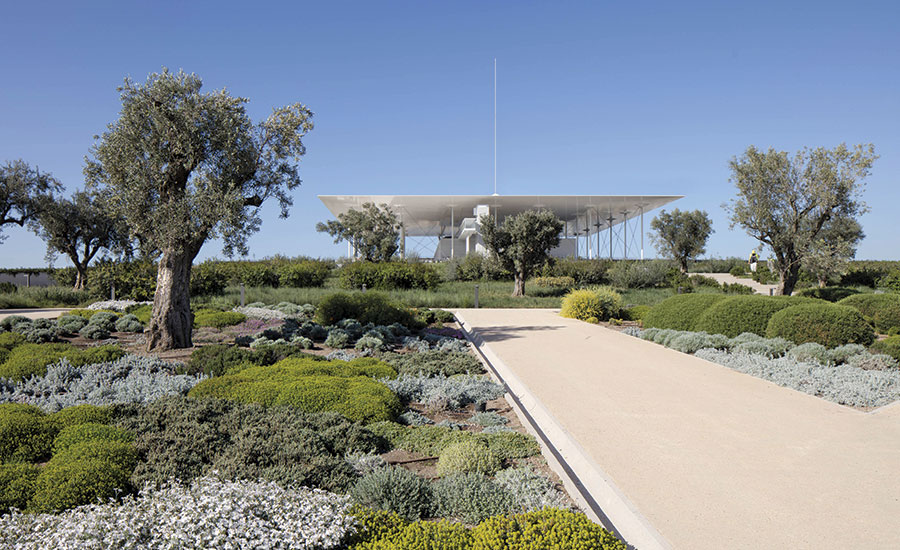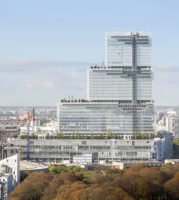It is a truism that every building tells the story of a client as well as an architect, and that the quality of the relationship between an architect and a client often determines the success of a building project. But remarkably little architectural history actually takes this premise as its starting point. Victoria Newhouse’s book on the Stavros Niarchos Foundation Cultural Center in Athens opens with the author’s telling us that it is “the story of a great philanthropist, an extraordinary architect, and a small country that in 2009 began to shake the foundations of the European Union.” That blunt declarative sentence lays out her ambitious agenda, which is to write architectural history in the most wide-ranging way possible. Newhouse, who has written authoritative books on museums and contemporary concert halls and opera houses, this time has produced what is both the biography of a building and the story of its era. Like every good biographer, she has investigated the ancestry of her subject, the forces that have brought it into being, and the nature of its surroundings. In the case of Piano’s Stavros Niarchos Foundation Cultural Center, which was completed last year, that means relating the role of Piano and his architecture, examining opera houses and libraries today, and discussing the political and economic crises that were playing out in Greece as this project moved forward.
It is rare that the entire process of conceiving, designing, and constructing a single building is documented as thoroughly and coherently as Newhouse has done in Chaos and Culture. It is rarer still that this process is worth a book-length telling. But it is absolutely so here—and not only because Athens ends up with a beautiful opera house and library by Piano and a handsome park by landscape designer Deborah Nevins, the two joining together to make a place that has the potential to become a symbol of renewal for a troubled nation. Newhouse’s narrative contains several striking characters, most notably (beyond Piano himself) Andreas Dracopoulos, the great-nephew of the shipping magnate Stavros Niarchos and the president of his namesake foundation. Dracopoulos seems the perfect client: a sophisticated lover of architecture who was called upon to do far more than admire his architect and fund the nearly $1 billion project; he protected it valiantly as the Greek economy and government were collapsing, navigating the political environment so skillfully that the project’s opponents were largely neutralized. He held video conferences with government officials every few weeks, positioning the project as something Greece could point to with pride amid its economic and political crises; he also set up a temporary observation bridge and information pavilion to increase public engagement. As a result, Newhouse says, the public was generally accepting of sums spent on the arts. (In the end, however, the Niarchos Foundation has had to bear most of the maintenance costs of the center, originally to have been paid by the government.)
This is a book that explains cogently how architecture actually happens. If Piano is the central creative figure here, Newhouse also makes clear how important his associates were to the design and building of the project, as well as the engineers, construction managers, and consultants, all of whom she weaves skillfully into the larger narrative. She respects, even loves, pure architectural form, but she never makes the mistake of thinking it is the entire story. You cannot read this book without learning something meaningful about how architectural ideas develop, and how concepts evolve into buildings— and how challenging circumstances sometimes force compromise, and sometimes make projects better.
It is far too soon to know if the Niarchos cultural center will take its place among the great buildings of our time. But it is clear that Chaos and Culture deserves to take its place among the significant chronicles of architecture—for here is the story of high architectural aims, written by a knowing and sympathetic historian who pays her subject the tribute of situating it in the real world.




Post a comment to this article
Report Abusive Comment